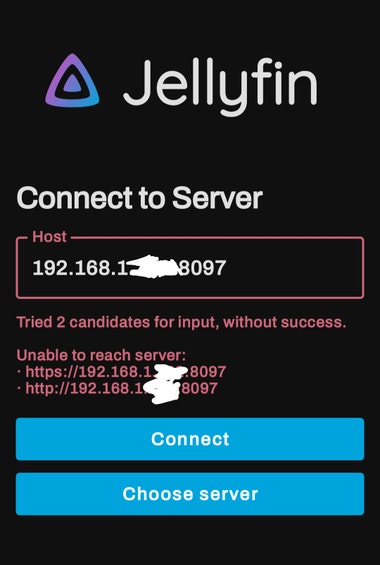Can't connect to devices on the same network on Jellyfin
Just switched from Plex… but might be going back lol. Http:/localhost :8097 works on my PC where my JF server is hosted. But I can’t connect on any other devices on the same network. What I have tried:
- enabled private connections in Windows Defender. Then tried public too.
- went to settings and binded address to 0.0.0.0
- changed my port from 8096 to 8097 just to see if a different port would work.
- Made an inbound rule for port 8097 in advanced firewall settings.
Not sure what’s going on here. On Plex it was easy to discover other devices on the same network. I have JF localhost connected to my Cloudflare Tunnel and I have access on all of my devices that way… but I rather just use my internal ip when I’m at home. Any help?
UPDATE: Literally been at this for hours, and as soon as I post the question on Lemmy…I figured it out. 🤦🏽♂️🤦🏽♂️🤦🏽♂️🤦🏽♂️
On Windows, I had to go to settings > networks and internet > and select private network. Don’t know how it was on public. Smh. I’ll leave this here just in case anyone else has the same issue.












Add comment